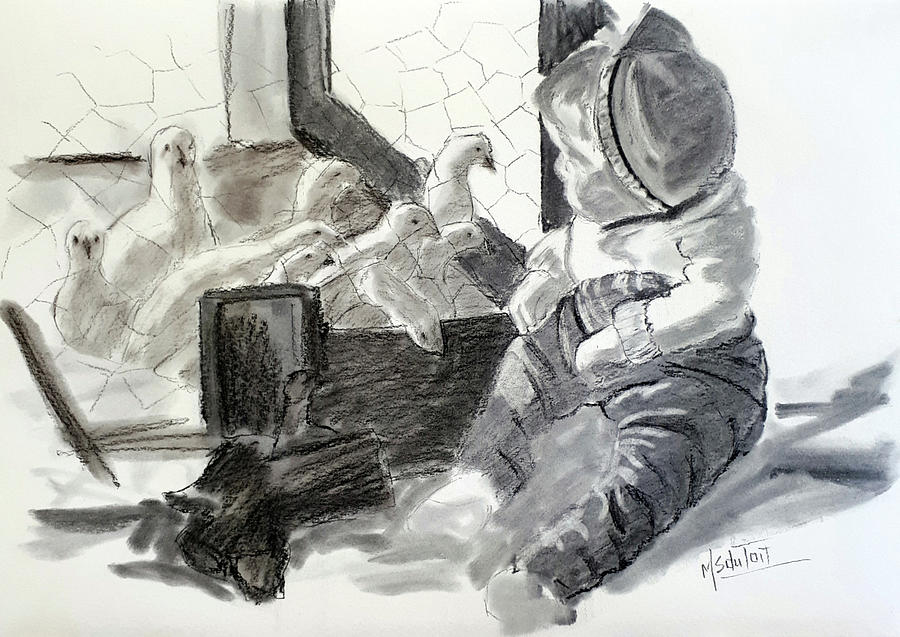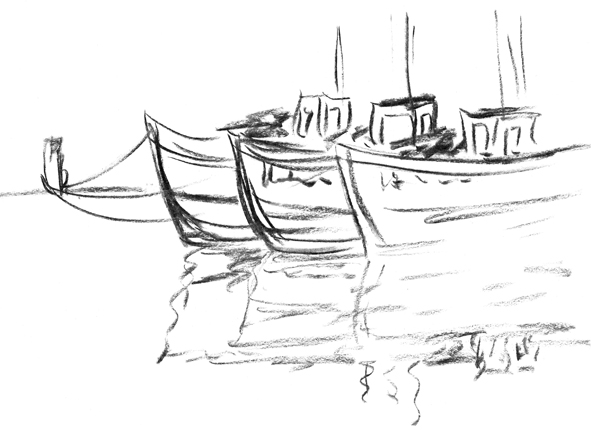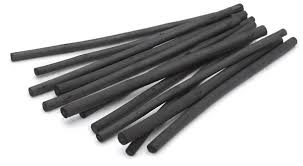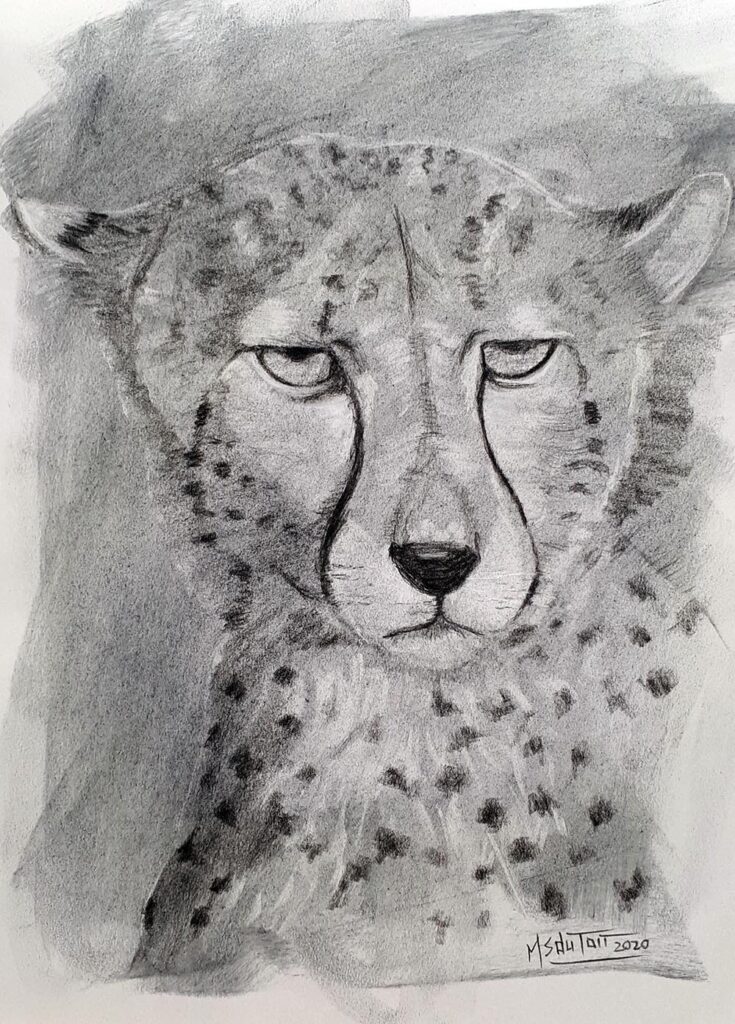Exploring Charcoal as a Medium for Beginner Artists

Charcoal has stood the test of time as one of the most versatile and expressive drawing mediums. Its rich history dates back to prehistoric times when early humans used it for cave paintings. For beginner artists, charcoal offers a dynamic way to express ideas and emotions on paper, yielding stunning results with just a few simple tools. Here, we’ll delve into the advantages of using charcoal, the types available, and some practical tips to help you get started.

Why Choose Charcoal?
1. Versatility
Charcoal can produce a wide range of tones, from deep blacks to soft grays. This makes it suitable for various styles, whether you prefer bold, expressive drawings or delicate, subtle works. The ability to layer and blend different shades allows artists to experiment and develop their unique style.
2. Ease of Use
One of the appealing aspects of charcoal is its accessibility. It requires minimal setup and clean-up, making it perfect for beginners. Unlike other mediums, you don’t need an extensive array of tools or supplies to get started—just a piece of charcoal, some paper, and an eraser can go a long way.
3. Immediate Results
Charcoal allows for quick mark-making, which can be gratifying for new artists. You can create striking contrasts in just a few strokes, providing instant feedback on your technique and style. This immediacy can help build confidence as you see tangible results from your efforts.
Types of Charcoal
Before diving in, it’s helpful to know the types of charcoal available:
1. Vine Charcoal
- Description: Made from burnt willow or grapevine branches, vine charcoal is soft, light, and easy to erase. It is perfect for sketching and creating preliminary drawings.
- Use: Ideal for loose sketches and establishing forms and layouts.

2. Compressed Charcoal
- Description: Compressed charcoal is made from powdered charcoal that is bound together and pressed into sticks. It produces darker, more intense marks than vine charcoal.
- Use: Best for final details, bold strokes, and rich tones. It can be challenging to blend but offers great depth and saturation.
3. Charcoal Pencils
- Description: These are compressed charcoal contained in a wooden casing, similar to graphite pencils. They provide precision for detailed work.
- Use: Great for fine details and controlled lines while still maintaining the richness of charcoal.
Essential Supplies
- Charcoal (vine, compressed, and pencils): A mix of these will allow you to experiment with different techniques.
- Paper: Choose textured drawing paper, which holds the charcoal better. Heavier paper will tolerate more erasing and layering.
- Erasers: A kneaded eraser is excellent for lifting charcoal without damaging the paper, while a regular eraser can be used for precision.
- Blending Tools: Tortillons or blending stumps can help create soft transitions and gradients.
You can buy all the essential tools in our SHOP.
Tips to use Charcoal for Beginner Artists
1. Practice Basic Techniques
- Mark Making: Experiment with different pressures to see how charcoal responds. Light strokes create soft lines, while firm pressure results in bold marks.
- Blending: Use blending stumps or even your fingers to blend charcoal for smooth transitions.
- Erasing: Experiment with lifting charcoal off the paper using an eraser. This can create highlights and texture.
2. Start Simple
Begin with basic shapes and forms. Practice drawing objects from life, focusing on form, light, and shadow. Still life setups are excellent for honing observational skills.
3. Don’t Be Afraid to Experiment
Charcoal is forgiving. Don’t hesitate to explore different styles and techniques. The beauty of charcoal lies in its ability to be layered, smudged, and erased. If you are a beginner artist, you should definitely try out charcoal as a medium!
4. Layering and Texturing
Begin with light lines and gradually build up layers of charcoal. Pay attention to shadows and highlights; layering can create depth in your work.

5. Take Breaks
Giving yourself some time away from your work can provide a fresh perspective when you return. It’s essential to step back and assess your piece after a while. Here are some sample works to look at.
Conclusion
Charcoal offers a powerful, expressive medium for beginners eager to explore the world of drawing. Its versatility, ease of use, and immediate results make it an ideal choice for aspiring artists. By experimenting with different types of charcoal and employing various techniques, you can create captivating pieces that showcase your creativity and growth as an artist. So grab some charcoal, find your favorite paper, and start bringing your artistic ideas to life!

